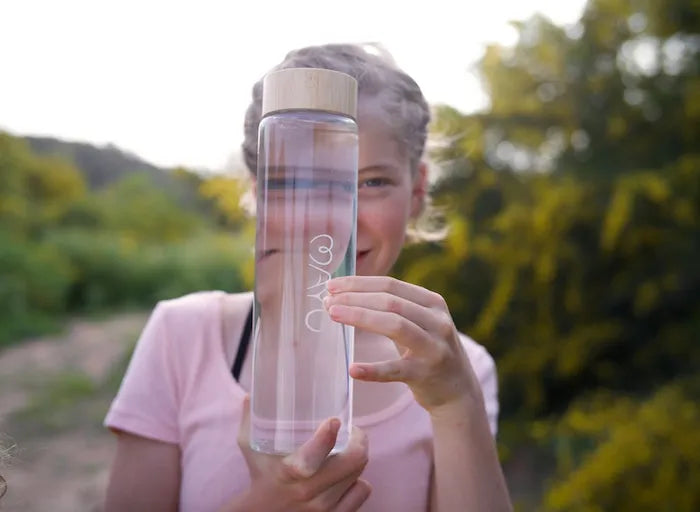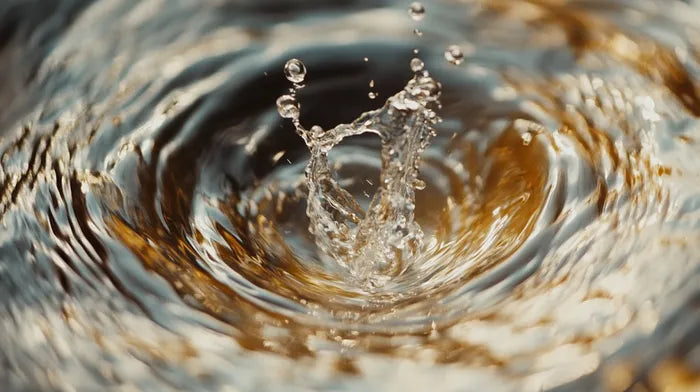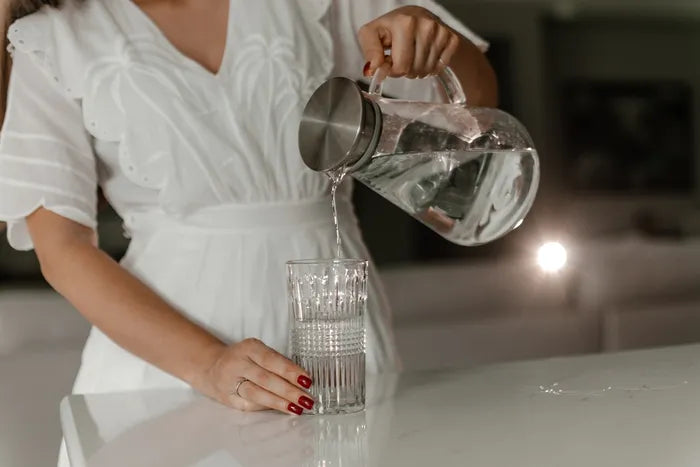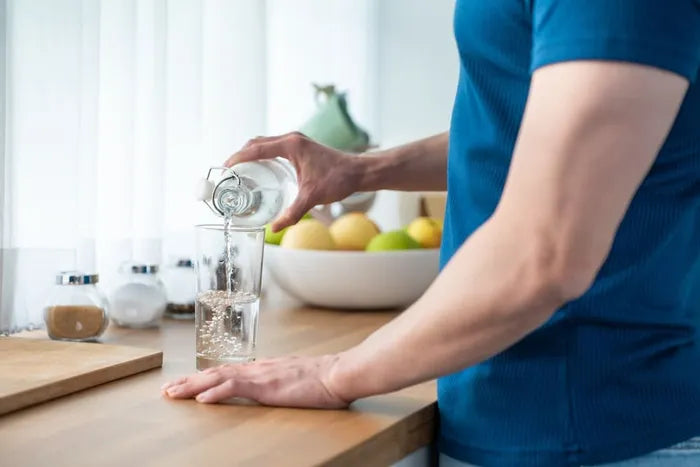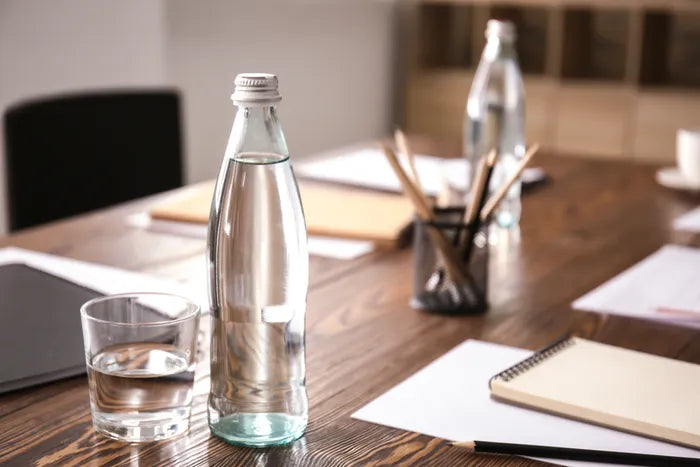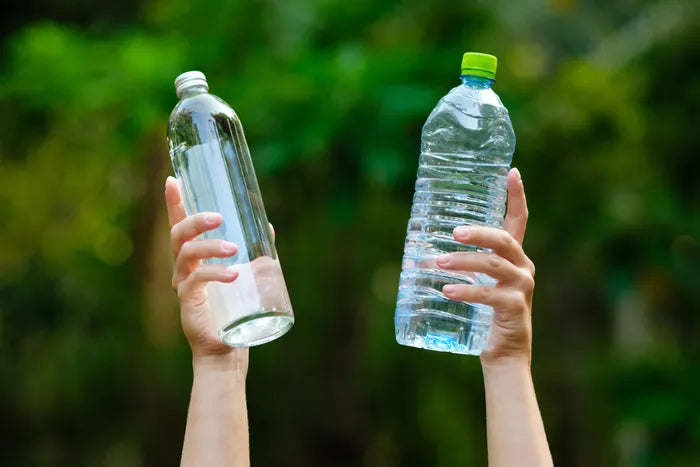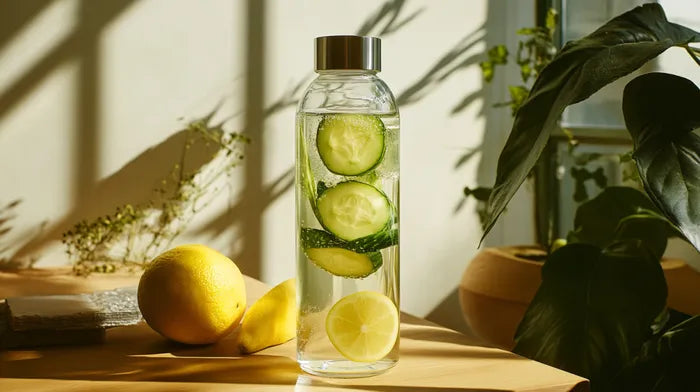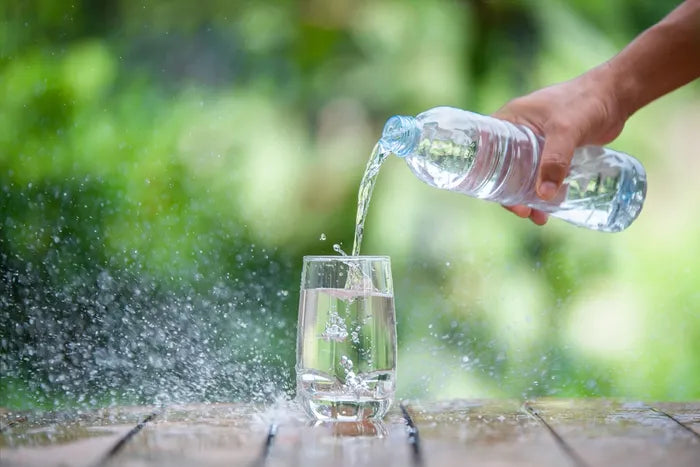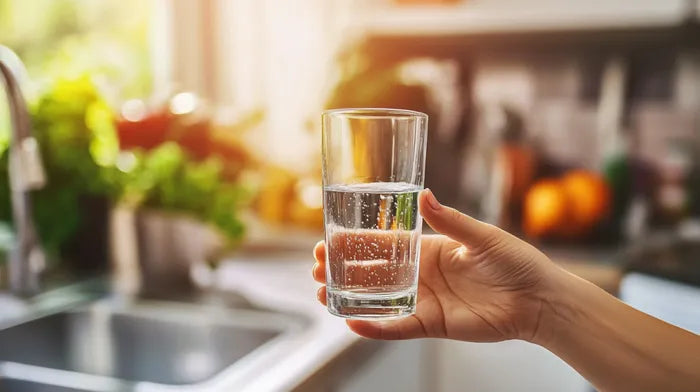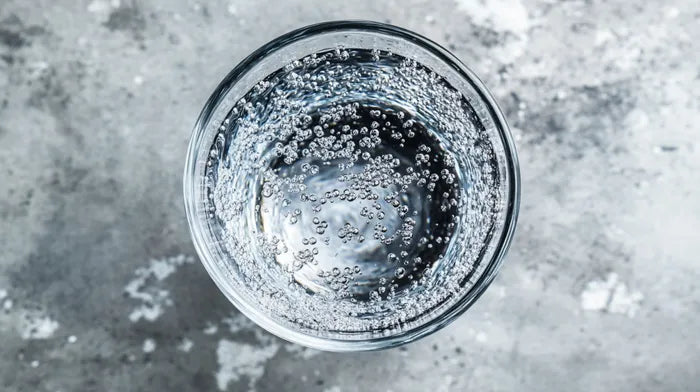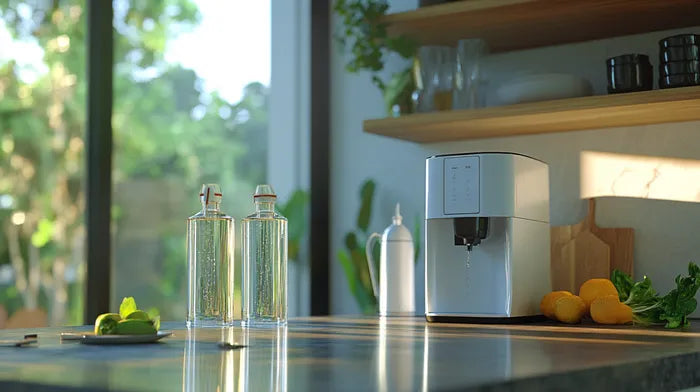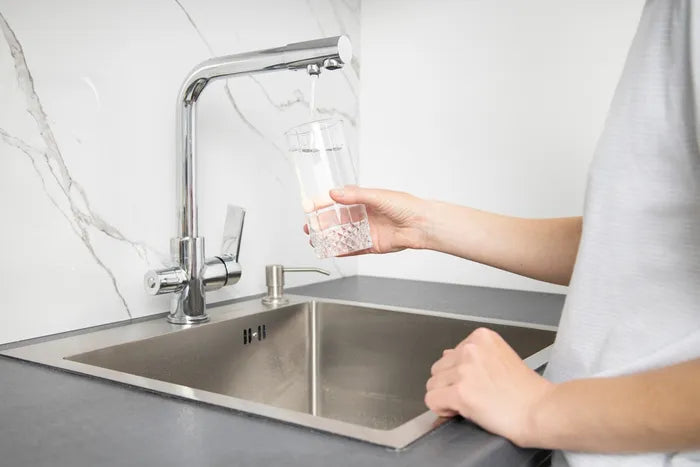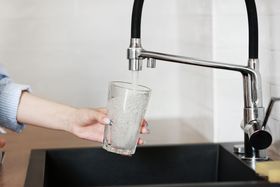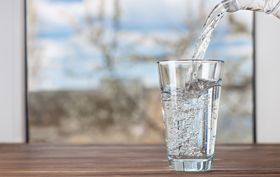8 Best Water Filters for Microplastics: Drink Clean Water
Concerned about plastic particles in your drinking water? Discover which filtration technologies actually remove microplastics and the top water filters that keep your water clean.
Published May 5, 2025

Worried about plastic particles in your drinking water? You're not alone. With recent studies revealing just how common microplastics are in our water supply, many of us are looking for effective solutions.
Let's explore why microplastics matter and how the right water filter can help you and your family enjoy cleaner, safer water every day.
» Remove microplastics and filter your drinking water
Our 8 Best Water Filters for Microplastics
What Are Microplastics
Microplastics are tiny plastic fragments measuring less than 5mm long, as defined by the U.S. National Oceanic and Atmospheric Administration (NOAA). They enter our environment—and ultimately our drinking water—in two main ways:
- Primary Sources: Microplastics that were intentionally manufactured at microscopic sizes for products like skincare exfoliants, fishing nets, or synthetic clothing.
- Secondary Sources: Larger plastic items that break down over time into microscopic particles through environmental degradation.
These microplastics may affect your health and are surprisingly widespread in our water. Studies have found that a single liter of bottled water can contain up to 240,000 pieces of plastic, with 90% being nanoplastics (smaller than 1 μm) [1].
» Discover how to remove microplastics with water filters
How Different Filtration Technologies Target Microplastics
Not all water filters are created equal when it comes to removing microplastics. Here are the main technologies that can effectively tackle these tiny particles:
- Reverse Osmosis (RO): Uses a membrane with tiny pores to force water through while blocking microplastics. It's most effective for removing even the smallest particles.
- Activated Carbon: Works by making contaminants stick to its porous surface. It's good for larger microplastics, especially in multi-stage systems.
- Membrane Filtration: Acts like a fine sieve with specific pore sizes. Captures many microplastics but may miss the smallest ones.
- Nanofiltration: Uses even smaller pores than regular membrane filters. Some advanced systems use charged membranes to repel similarly charged microplastic particles.
» Learn about reverse osmosis filters and if they're safe for drinking water
How Long Does It Take to Filter Microplastics
The time required to filter microplastics varies by system type:
- Pitcher Filters: They process small amounts at a time, typically taking 10-15 minutes for a full pitcher.
- Under-Sink Systems: They're connected directly to water lines and provide filtered water on demand with flow rates around 0.5-1 gallon per minute.
- Gravity-Fed Filters: They rely on sedimentation and can be time-consuming, especially for removing smaller microplastic particles.
- Countertop RO Systems: MAYU's Waterdrop RO processes water quickly with flow rates of 75-100 gallons per day for immediate access to microplastic-free water.
» Discover the benefits of drinking filtered water
Key Features to Look for in a Microplastic Water Filter
There are several water filters that claim to remove microplastics, so consider the following key features to narrow it down to the best options:
- Filtration Technology: Choose filters with reverse osmosis or sub-micron filtration capability to effectively capture microplastics as small as 0.0001 microns.
- Certification Standards: Look for NSF/ANSI-certified filters that are specifically tested for microplastic removal, ensuring verified performance against particles ≥0.5 µm.
- Multi-Stage Filtration: Select systems with multiple filtration stages to address microplastics and other contaminants for complete water purification.
- Ease of Installation and Maintenance: Opt for user-friendly systems requiring minimal setup and clear filter replacement indicators to ensure consistent performance.
» Learn easy methods for detecting microplastics in drinking water
Top Water Filters That Remove Microplastics
Based on filtration technology, effectiveness, and additional features, here are our top recommendations for microplastic removal:
Tips to Maximize Microplastic Filtration Benefits
You can consider the following practical tips to help maximize the benefits of your microplastic water filter:
- Follow the Replacement Schedule: Ensure you replace filters according to the manufacturer's timeline to maintain optimal microplastic removal efficiency.
- Monitor Source Water Quality: While your filter removes microplastics, knowing your source water quality helps you know when additional precautions might be needed.
- Use Filtered Water Consistently: Make the most of your investment by using filtered water for drinking, cooking, and food preparation to minimize microplastic exposure.
- Maintain Your System Properly: Regularly clean external components and follow maintenance guidelines to prevent contamination and extend filter life.
» Take a look at what you need to do if you drink contaminated water
Pure Water, Pure Health: Optimizing Your Microplastic Filtration
To unlock the full potential of microplastic filtration devices like the MAYU Waterdrop RO, it's essential to integrate filtered water into your daily routine. Consistently using properly filtered water for drinking and cooking can significantly reduce your microplastic exposure.
Along with filtration, consider storing water in glass or stainless steel containers rather than plastic to prevent recontamination. With these practices, you can experience the significant benefits of microplastic-free water in your home and for your family's health.
» Learn more about MAYU's advanced water filtration technology
References
- Homin, Jiyoon, Seonghyeon, and Junho, “Microplastics in water systems: A review of their impacts on the environment and their potential hazards,” ScienceDirect, Mar. 2023. Available: https://www.sciencedirect.com/science/article/pii/S2405844023015669
Disclaimer: The information published by Mayu Water is not a substitute for the expert knowledge, advice, and recommendations of trained professionals. We strongly recommend consulting with industry experts and primary or scientific sources before making any health, research-related, or other important decisions.













